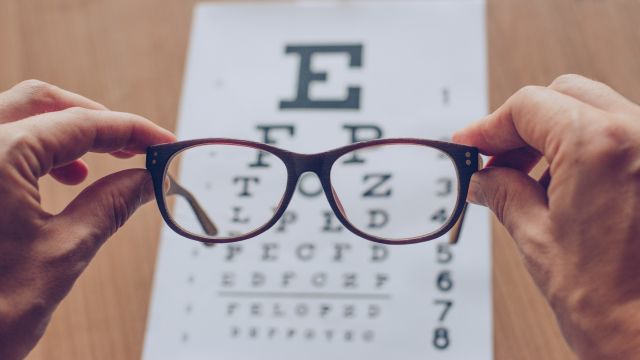Updated on June 28, 2024.
Age-related macular degeneration (AMD) is an eye disorder that causes vision loss. It is one of the most common causes of vision loss among older adults in the United States.
To better understand AMD, it helps to know some key terms. Below, learn about the parts of your eye, why AMD occurs, how AMD is diagnosed, and what treatments are available.
Central vision loss
This is the type of vision loss that occurs with AMD. Vision may become blurry at the center, but remain clear around the edges. This makes it difficult to clearly see objects that are directly ahead. You may also develop blank spots in central vision, called scotomas.
Retina
The retina is a part of the eye. It is made up of a thin layer of light-sensitive cells. The retina converts light into signals that can then be processed by the brain. It is located near the back of the eye, near the optic nerve.
Macula
The macula is the center and most sensitive part of the retina. AMD happens when the macula and its supporting structures are damaged and collect deposits of waste materials. This occurs to everyone to some degree as they age.
Drusen
These are yellow deposits of waste materials that build up beneath the retina. Most people will develop drusen as they age, though smaller ones will not cause symptoms or interfere with vision. Medium-sized or large drusen can be a sign that a person has AMD.
Early, intermediate, late stage
AMD has three stages.
- The early stage is diagnosed when you have medium-sized drusen. People do not experience vision loss at this stage.
- Most do not have symptoms at the intermediate stage (though some do), but an eye exam will reveal large drusen and/or pigment changes in the retina.
- People with late AMD experience vision loss. Late AMD is categorized into two types: dry AMD and wet AMD.
Dry AMD
Also called geographic atrophy. This is the more common of the two types of late AMD. Between 80 and 90 percent of people with AMD have the dry type.
People with dry AMD develop vision loss due to breakdown of macula cells, as well as cells around the macula. They may also have large drusen. Dry AMD may develop in one eye initially, but usually affects both eyes.
Wet AMD
Also called neovascular AMD. This is the less common of the two types, affecting between 10 and 20 percent of people with late AMD. However, it is responsible for most cases of severe vision loss.
Wet AMD is referred to as “wet” because it involves leakage of blood and other fluids. This comes from abnormal blood vessels that have formed beneath the retina. Wet AMD will occur in one eye, but can occur in both. Most people with wet AMD will have dry AMD first. Vision loss progresses more quickly with wet AMD.
Fluorescein angiography
This is a test that a healthcare provider may order if they suspect you have wet AMD. It involves injecting a dye into a vein in the arm.
As the blood circulates through the body, it will pass through the blood vessels of the eye. A series of photographs are then taken of the eye. The dye will appear to glow in these photographs. This helps providers get a clear view of the vessels in the eye.
Optical coherence tomography (OCT)
This is another imaging test healthcare providers may use in diagnosing wet AMD. With this test, a laser is used to create an image of the structure of the eye. It includes the thickness of the retina and pockets of fluid.
Anti-VEGF
Anti-vascular endothelial growth factor, or anti-VEGF, is a treatment for wet AMD. Drugs that prevent blood vessels from leaking are injected into the eye. This can help prevent vision loss and improve vision for some people.
Other treatment options involve using lasers to close off damaged blood vessels. There are more types of surgery, as well, though these are much less common.
There are no effective treatments available for dry AMD. But dietary supplements and lifestyle changes may help slow the progression of vision loss. Getting regular eye exams, avoiding smoking, and maintaining healthy blood pressure and cholesterol levels can lower your risk of developing the condition.







